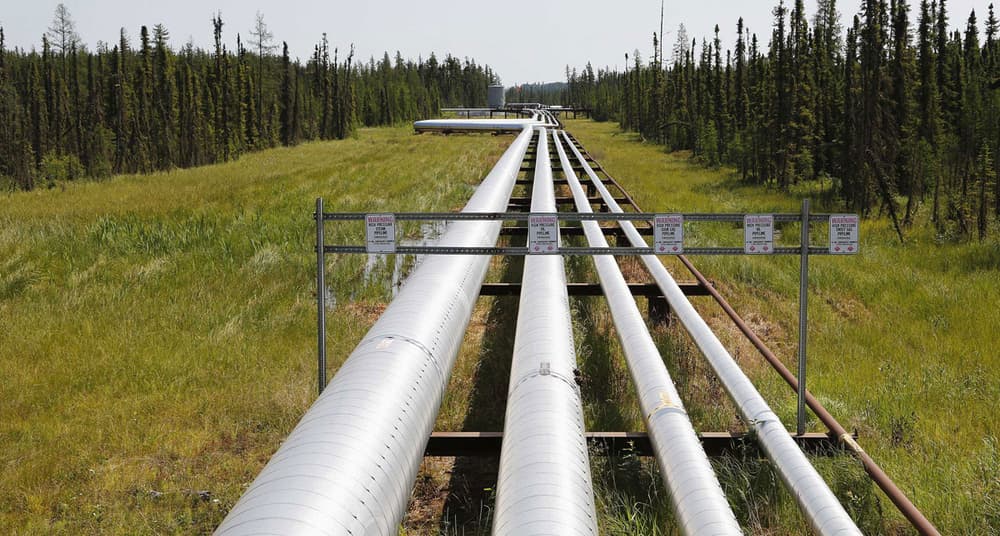Nebraska regulators this week opened a final hearing on TransCanada Corp’s proposed Keystone XL pipeline -- the last big hurdle for the long-delayed project after President Donald Trump approved it in March.
TransCanada’s proposed 1,179-mile (1,897-km) Keystone XL pipeline, linking Canada’s Alberta oil sands to US refineries, has been a lightning rod of controversy for nearly a decade, pitting environmentalists worried about spills and global warming against business advocates who say the project will lower fuel prices, shore up national security and bring jobs.
Trump's administration handed TransCanada a federal permit for the pipeline in March, reversing a decision by former President Barack Obama to reject the project on environmental grounds. But the line still needs a nod from regulators in Nebraska – which would be the last of three states to approve its proposed path into the heartland.
Nebraska’s Public Service Commission is meant to weigh whether the project is in the state’s public interest, and will announce a decision by November. The arguments of opponents are constrained by the rules of the commission, however: the commission is not permitted to consider the risk of spills because the route already has an environmental permit.
Opponents – including scores of landowners on the proposed route – will instead argue the jobs are temporary and the risks of the pipeline to local industries like cattle ranching too great. They will also note that if the commission approves the line, TransCanada could seek to seize property along the route using eminent domain law -- a politically unpalatable option in the conservative state.
Proponents, meanwhile, will argue the project will bring in hundreds of jobs and millions of dollars in revenue.
Trump has said the project would create 28,000 jobs nationwide, but a 2014 State Department study predicted just 3,900 construction jobs and 35 permanent jobs.
The 830,000 barrel-per-day Keystone XL would link Alberta to an existing pipeline network feeding US refineries and ports along the Gulf of Mexico.
The project could be a boon for Canada, which has struggled to bring its reserves to market.

